How To Dehydrate Mango
Do you know how to dehydrate Mango? It’s really easy and it makes for a very healthy snack! If you can find mangoes already peeled, ready to eat, and they are on sale just dehydrate them! This saves you money in the long run because you have some go-to healthy snacks for visits to the park or at home. I have seen those expensive packages of dried fruit on the store shelves lately. If you’re lucky, you can buy some without chemicals or preservatives. Let’s go one step better and make our own dehydrated snacks, including mango.
Someone asked me recently why people would want to dehydrate fruits and veggies. I explained that dehydrated foods make it possible to enjoy items out of season when they may not be available. It also provides a way to have food stored away for emergencies, much as you do with canned food. Yes, you can buy canned items from your store, but there really isn’t anything quite like a bowl of home-canned peaches with breakfast or pears with a sandwich at lunchtime.
Another advantage to dehydrating or canning your own food is some possible cost savings. If you can grow your own fruit or vegetables, or buy them in bulk when in season, it may prove to be a less expensive way to preserve food for emergencies or just for future use by your family.
How To Dehydrate Mango
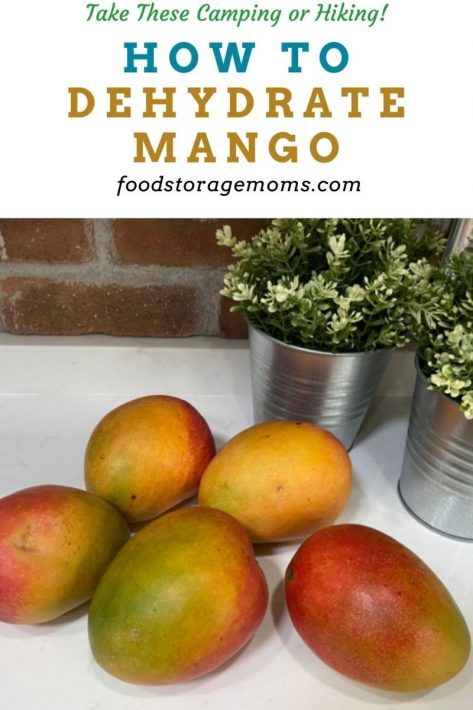
Step One: Prep The Mango
Watch for the mangoes to ripen, wash them, and peel them. Now they’re ready for you to slice and cut into desired sizes to dehydrate.
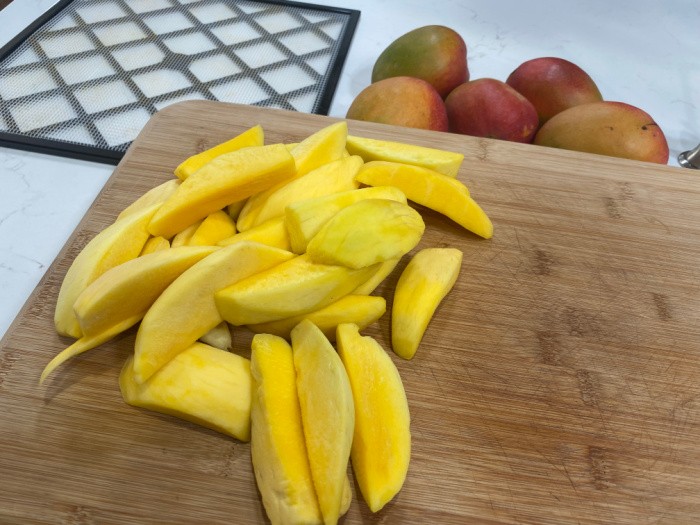
Step Two: Slice or Chop Mangoes Evenly
This is how they look before they are dehydrated. Please try and slice them in uniformly sized slices or chunks so they will all dry at the same time setting. Spread them evenly onto your dehydrating racks.
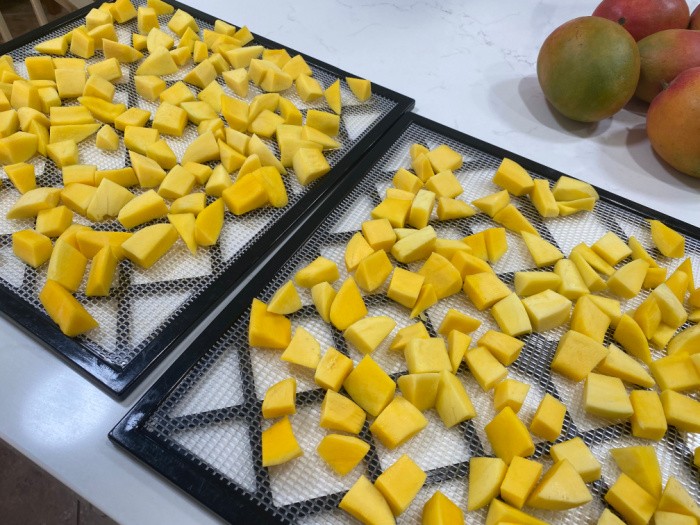
Step Three: Dry until Pliable
Here are the dehydrated Mango pieces, pliable but not brittle, and ready to eat or store in mason jars. I use mason jars to remove the air with my FoodSaver appliance. This is how they look after they’re finished in the dehydrator.
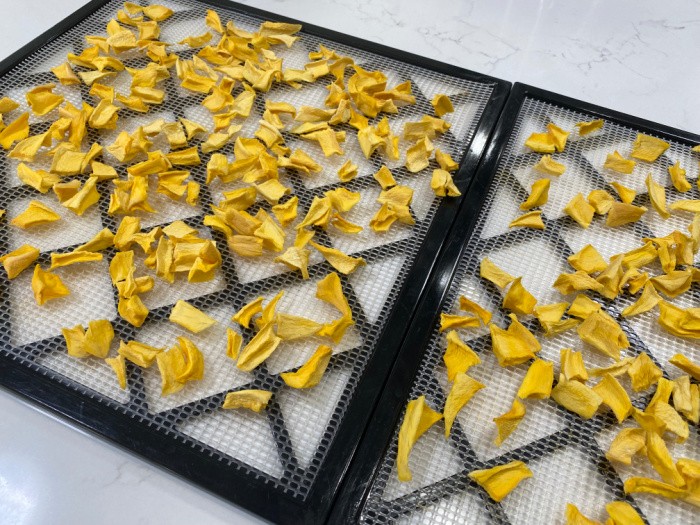
Step Four; Condition Your Fruit
After dehydrating, I let them “condition,” or you can call it conditioning. It’s basically letting the dehydrated food sit on the counter for a week or so, just to make sure every crevice and curve is totally dry. Then I place them in pint or quart-size jars and seal the jars using my FoodSaver.
No, I don’t use oxygen absorbers. We try to eat the food I dehydrate within one year, then I start dehydrating food for the next year, and repeat the process every year. Depending on the availability of the fruit and veggies during each growing season, what I decide to dehydrate each year may change. This is one more way to preserve food.
How To Dehydrate Mango
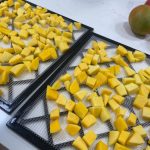
- 5-6 mango, washed, peeled, and cut into bite-size pieces.
-
Wash, peel and remove seed from each mango.
-
Slice or cube mango as desired. I purchased ready-to-serve mango from Costco which made it a lot easier for me to prep them.
-
Space them so they are not touching each other on your dehydrator racks.
-
I set my Excalibur Dehydrator at (135°F) = 57°C) degrees and these took about 7 hours today.
-
Please check your own dehydrator to see the correct temperature for your machine.
-
The time to dehydrate will always depend on the humidity in the room. I stopped drying them when they were still a little pliable, but not brittle.
-
I store them in mason jars using a FoodSaver to remove the air.
Drying Food Outside
In the Pioneer days, we know people dried food outside. This will work, but keep in mind it may take days compared to hours in the dehydrator. Cover the food with a cheesecloth or screens to keep the flies or critters away. It will all depend on the humidity and temperature outside to determine how long it will take to dry the food.
Can I Dehydrate these in my Oven?
Yes, you can. In fact, some ovens now come with a dehydrating feature. If you don’t want to invest in a dehydrator, set your oven as low as possible. The lowest I can set my oven is 170 degrees. This is the recommended temperature for oven dehydration anyway. Slice the mango, and spread it evenly on some parchment paper on a cookie sheet.
You may even have a convection setting on your oven, which would be awesome because the air will circulate around the food to dry more evenly and quickly. Just keep in mind, you must keep an eye on the tray you have dehydrating or the food may get too hot and burn. If your oven won’t go below 200 degrees, slightly prop the oven door open with a ball of foil to allow some of the heat to escape. This may be a problem if you’re doing this in the summer and it’s hotter in your home.
My FoodSaver® Jar Sealer
This FoodSaver® Jar Sealer is built into my unit. The one shown is for other units, at least the hose anyway. FoodSaver® Jar Sealer The unit must have an accessory hose opening. I use a funnel to fill the jars. I love the fact that I can store my dehydrated foods in pint and quart mason jars knowing they will store for at least a year.
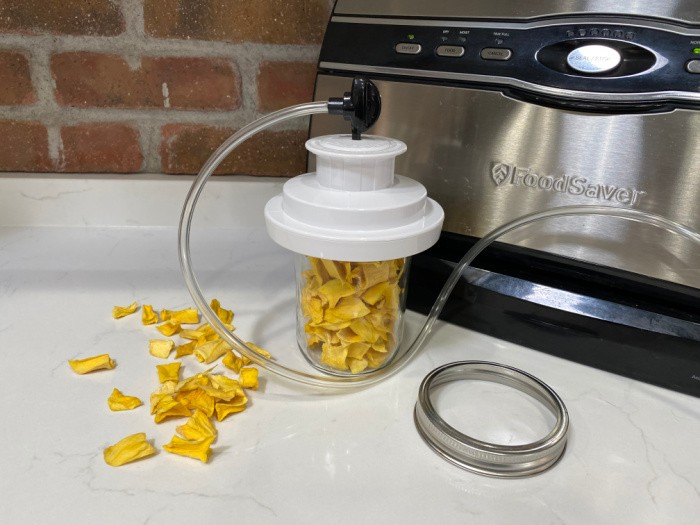
Do I have to use oxygen absorbers in the jars?
This really is a personal preference issue. I don’t use them and have had good results. As mentioned, I try to eat my dehydrated foods within a year, so I haven’t had any go bad.
How can I use my dehydrated mangoes?
I’ve found a number of uses for mangoes:
- I put them in my morning oatmeal.
- They taste great in spinach salads.
- I also put them in tossed salads.
- Add them to muffins.
- They also are a tasty addition to fruit salads.
What does the term Conditioning mean?
Before I store my dehydrated fruit or vegetables, I want to make sure they are really dry but not brittle. I set them out on the counter for at least 5-7 days to ensure every crevice is completely dry.
Health Benefits Information about Mango:
I’ve heard some great things about mangoes that I’d like to share with you in hopes the info will prompt you to give this delicious food a try. If you don’t eat it now, you’ll want to eat more of it as you learn about the benefits of eating this fruit. It may become one of your favorite fruit choices going forward.
Because Mangoes have a high concentration of vitamin A they are great in helping keep your skin, eyes, and bones more healthy. They are also high in potassium, which has been shown to help keep blood pressure at lower levels. They also have less sodium than other fruits, so people on a low-sodium diet are recommended to eat more Mangoes.
As we age, we should become more concerned with our brains staying strong. Mangoes are known to have high levels of vitamin B-6 which has been shown to help memory and concentration. The heart has also been shown to benefit from the fiber-rich nature of Mangoes since we all need lots of dietary fiber to keep things “regular.” Cancers of various kinds are leaders in adversely affecting health and life expectancy. Mangoes’ contents help the body to fight free radicals and promote general cell health.
Please be prepared with my book “Prepare Your Family For Survival”
Final Word
I hope you enjoyed my article on how to dehydrate mango. Mango and pineapple are some of my all-time favorite foods to dehydrate. They are sweet and so easy to take in the car for snacks or camping. Please keep prepping, we must. May God Bless this world, Linda
Here is a list of the Dehydrating Posts I have written:
- Dehydrating Apples
- Dehydrating Bananas
- Dehydrating Blackberries and Powder
- Dehydrating Blueberries and Powder
- Dehydrating Cilantro
- Dehydrating Cucumbers and Powder
- Dehydrating Ginger and Powder
- Dehydrating Green Onions and Powder
- Dehydrating Kale and Kale Powder
- Dehydrating Kiwi
- Dehydrating Lemons and Powder
- Dehydrating Marshmallows
- Dehydrating Peppermint Marshmallows and Powder
- Dehydrating Mushrooms and Mushroom Powder
- Dehydrating Onions and Powder
- Dehydrating Pears
- Dehydrating Pineapple
- Dehydrating Raspberries and Powder
- Dehydrating Spinach and Powder
- Dehydrating Strawberries
- Dehydrating Tomatoes and Powder
- Dehydrating Watermelon

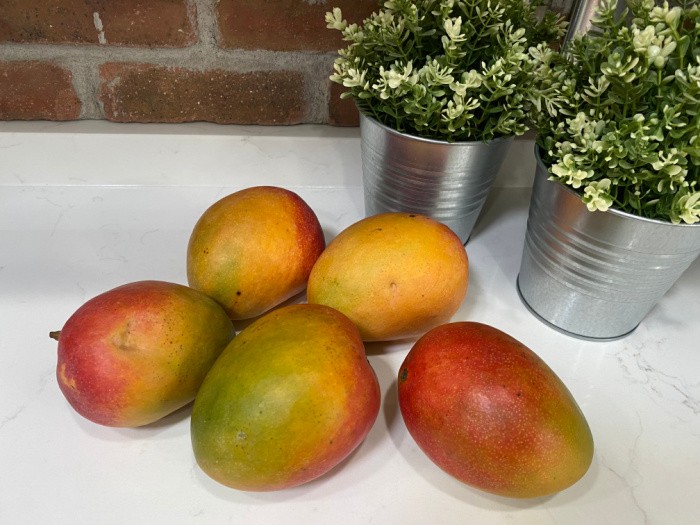

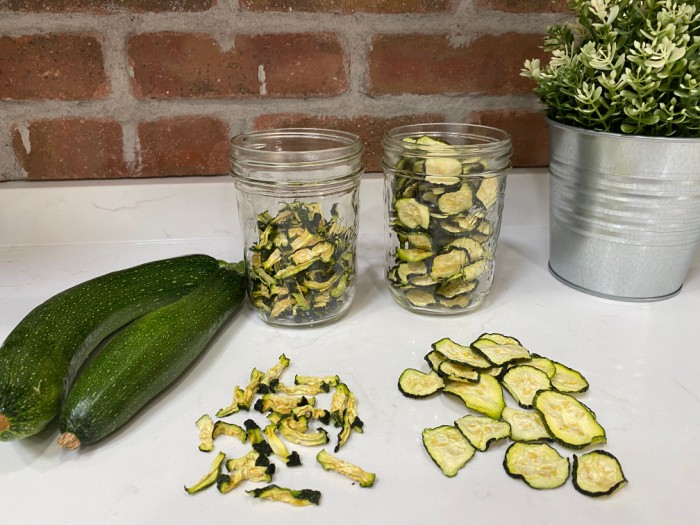
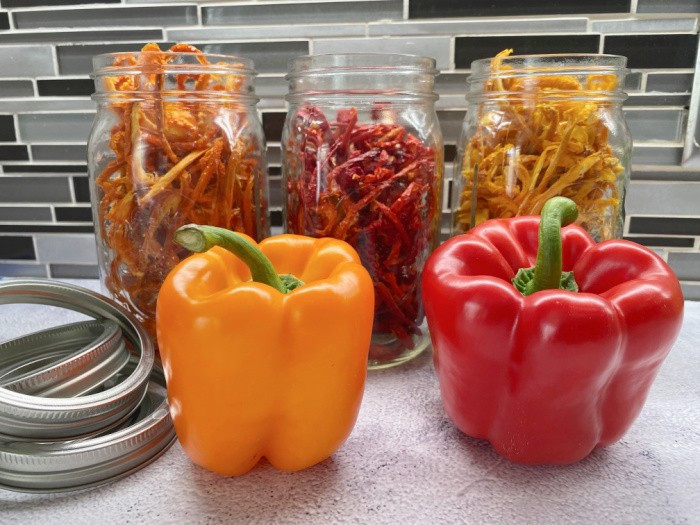
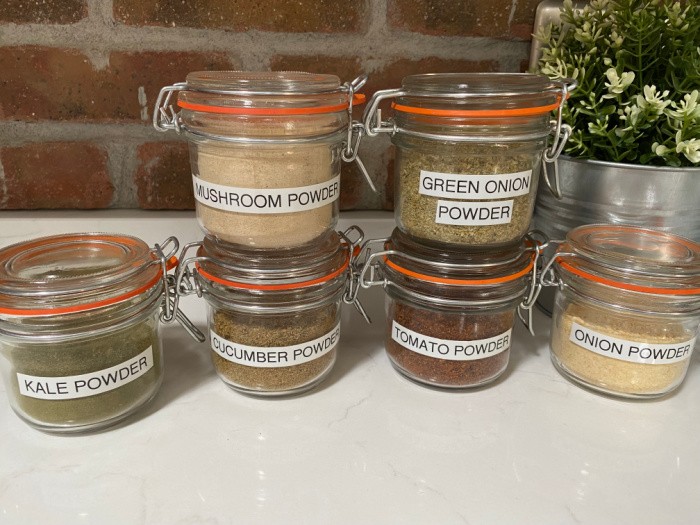

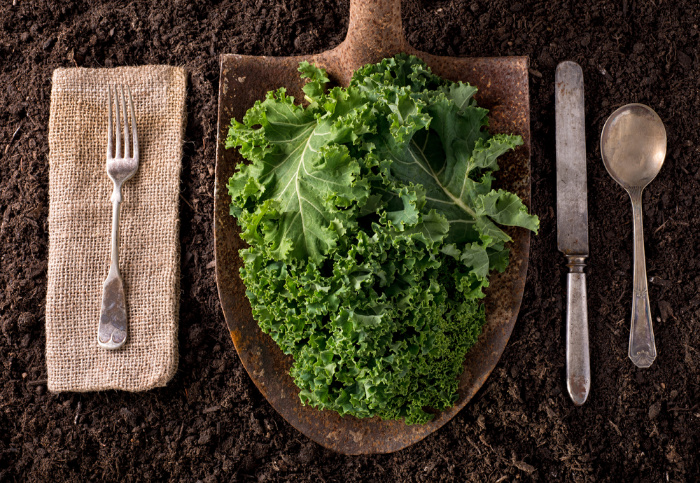
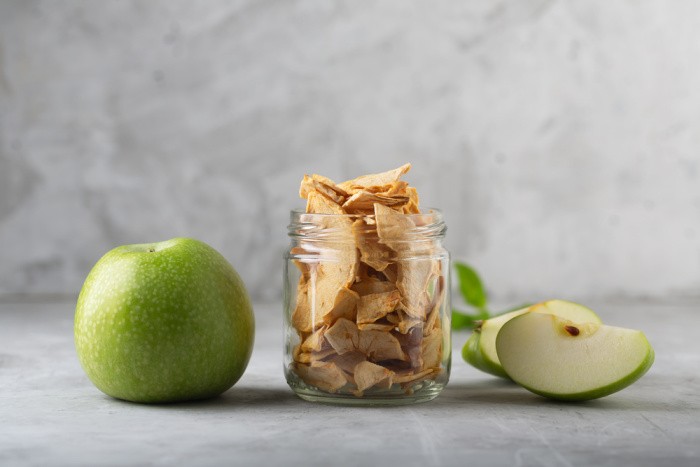









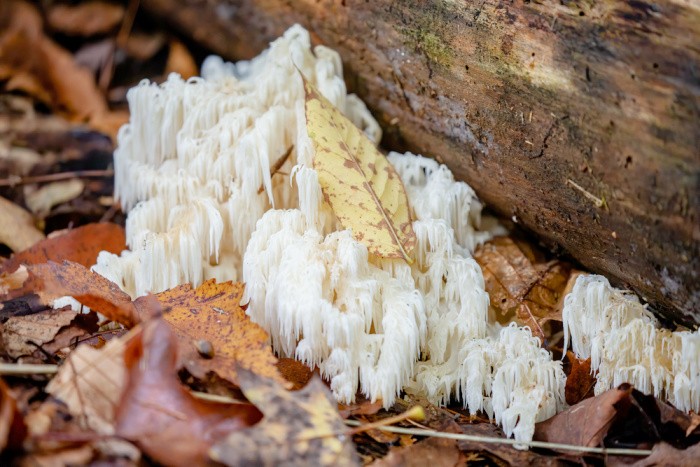




When my friend from Mexico comes to visit me in Florida, she LOVES to get the fresh Mangos! I bet dehydrating them is delicious. I need to try it.
HI Jess, thank you for the 5 stars, my sweet friend. Do you have mangoes in Florida?? Of course, you do! Yummy! If you have a surplus it’s a great way to preserve them. LInda
I would like to start dehydrating food but I just can’t afford a dehydrator. I had one but it was a cheep one my husband bought and it didn’t last long. My son finally took it to dehydrate mint for tea. It didn’t last long for him. Do you have another way of Dehydrating food that does not need a special machine?
P.S. Sorry I haven’t been reading your emails for a while. I have just not felt good the past couple months.
Hi Jackie, thank you for the 5 stars, my sweet friend! I’m sorry you haven’t been feeling well, lately. Yes, you can use your oven and keep the temperature at the lowest one your oven has. Use a cookie sheet, and keep the oven door ajar with a wad of foil. Check your oven so it does not over cook it. Linda